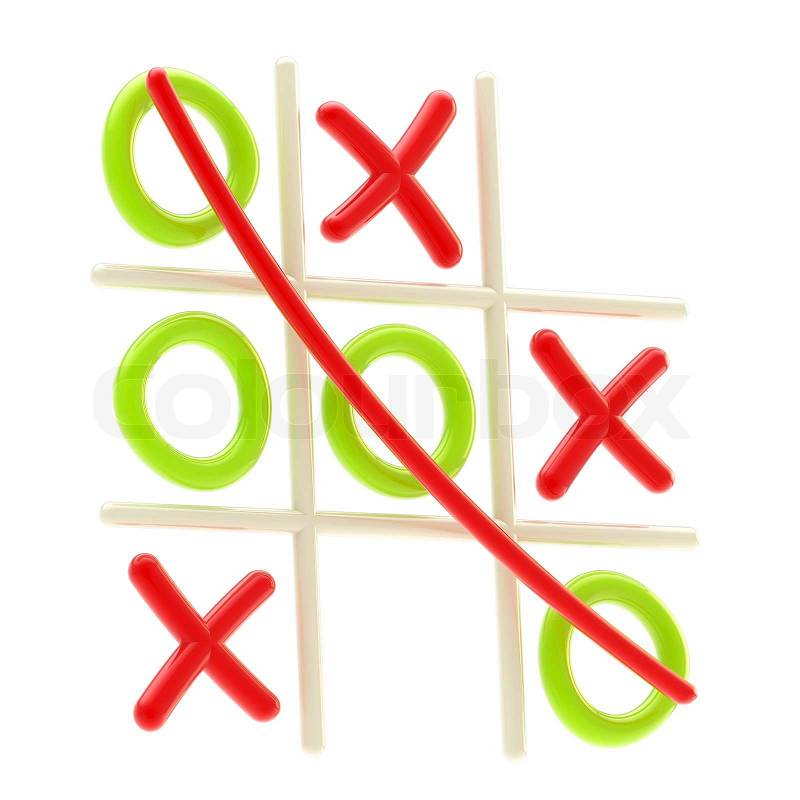 |
| The Farm Phresh Map! |
 |
| The Cards used in Farm Phresh! |
Out of all of the board games Oiram has created this year, I personally believe that Farm Phresh is one of the most unique ones we have created. This was one of our first games where we included end game bonuses that players can work towards, much like an achievement of Xbox 360 games! Listed below are the rules to help teach you how to play our the game!
Players: 4 or more
Dominate the market in this
all-out battle for farm produce domination! Compete to win the most money by
growing and selling a variety of fruits and vegetables - or even trading for
what you think could be the produce that rockets you to the top!
Set-up:
-Each Season Deck must be shuffled
separately and placed next to their respective Season on the board. Farm Cards (White Cards) are also shuffled and placed off to the side.
-Each player receives $25 (each
money piece is worth $5).
-The spinner is then set to
“Spring.”
-Players can decide who goes first
however they please.
Gameplay:
-At the start of a players turn,
the player has the option to purchase a Farm Card by flipping over a Farm Card
– your first purchase costs $10 and each subsequent purchase costs $5 more (2nd
is $15, 3rd is $20, etc.)
-Players may also trade any Farm
or Produce cards with other players before beginning their turn.
-The player then flips over a card
from the current Season.
-The player collects the money listed on the Produce Card – the rarer the card, the more money its worth. PLAYERS KEEP THE
PRODUCE CARDS.
-If another player has a Farm that
produces the turned over card, the player who flipped the card must pay the
Farm owner half of what they would have received. (Minimum of $5)
-After one whole round (e.g., when
the first player begins their next turn), the Season changes to the next one in
a clock-wise fashion.
-After all four seasons have been
played through, a new year begins.
-Play ends after the end of the 5th
year.
-Players tally up all of the money in their hand at the end of the game. The player with the most money wins the game!
-Players must also consider the
End-Game Bonuses before confirming who wins:
:Most Vegetables: $20
:Most Fruit: $20
:Rock a P (2 Peaches, 2 Pears and 2
Plums): $25
:Garden Salad (1 Lettuce, 1
Carrot, 1 Cucumber, 1 Onion, 1 Mushroom and 1 Tomato): $35
 |
| Farm Cards! |





























